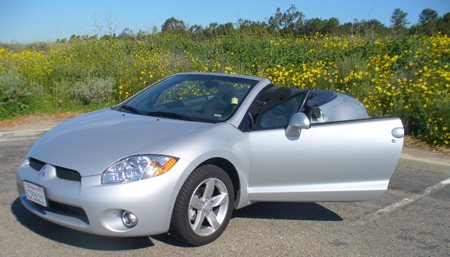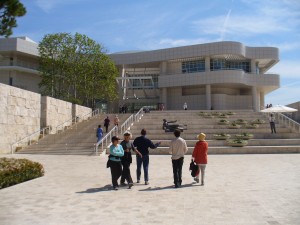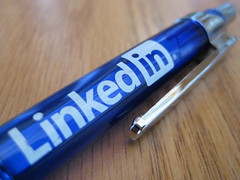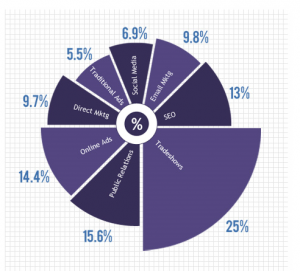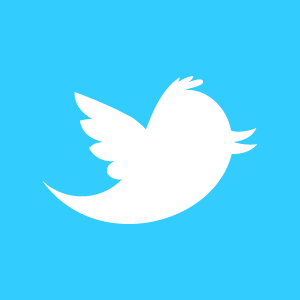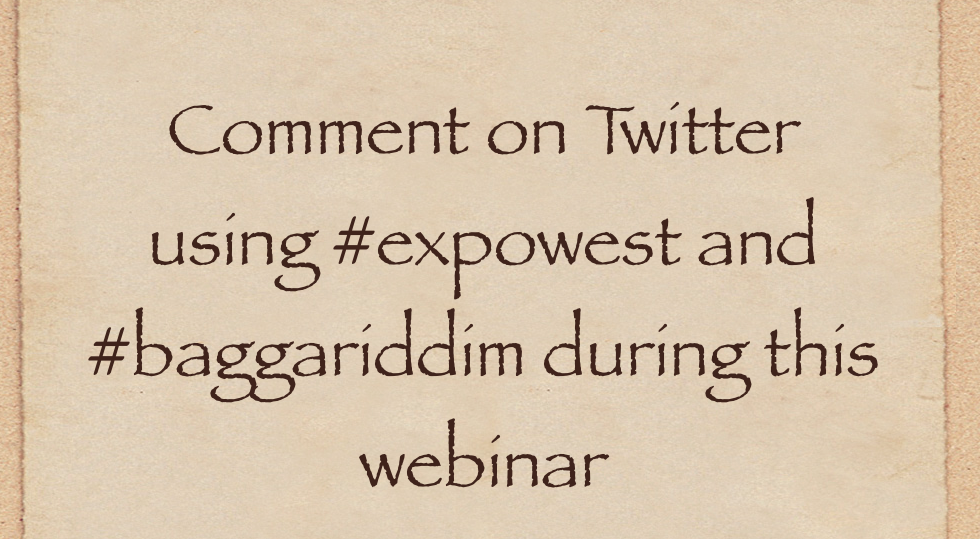Posting Video from the Tradeshow Floor
It can’t be the easiest thing to post video from a tradeshow floor, there amongst the chaos and cacophony of exhibitors and attendees.
However, if you make a plan to get some video out during the show, you’ll surely benefit from it!
So to make a plan, make sure you have the pieces you’ll need:
- YouTube or Facebook account
- Video camera: Flip or Kodak; Smartphone with video capabilities or similar
- Online access, either via a laptop with direct ‘net access or w-fi, or your Smartphone
- Ability to edit video (or at least be able to shoot short videos that are ready-to-upload immediately upon shooting)
- A list of types of videos you’d like to shoot
Once you have the first four items – the technical ability to shoot, edit and upload video – your next step is to create the shortlist of types of videos you’d like to shoot.
Some of those that you might consider include:
- Testimonials
- Product demonstrations
- Guest appearances in your booth (authors, tech guys, creative folks who don’t normally see the light of day!)
- Brief discussions with company reps (CEO, Marketing folks, etc) that discuss pertinent topics taking place at the show
Once you create the list, you are ready for the show. To implement your plan, put someone in charge. Create a schedule, which may include dates and times for product demos, guests, etc. If you can schedule testimonials with your raving clients, do so. Other testimonials may just grow out of random visits from clients or customers. Look for opportunities to put them in front of the camera. If you have room in your booth, leave the camera up on a tripod and ask if they have a few minutes to discuss your product and how it works for them.

If you can follow this type of shooting schedule and compile several raw videos during the show, chances are you can find a few per day to upload to your YouTube channel or to Facebook (or both). Hopefully, you’ll have a lot of videos that will give you plenty of material that you can edit and release over the next several months, hopefully right up to the promotion of next year’s appearance at the same show.
You’ll benefit from posting video in numerous ways: showing non-attendees what’s going on by including them in your show; showing off the various people who do attend (people love the attention); increasing brand awareness, showing how a product works to someone who might not have otherwise ever seen in, which might create a new customer; putting a face on company employees who might otherwise remain nameless and faceless, which makes your company more attractive to people who like to know the kinds of people they’re considering purchasing from, and much more. No doubt you could add to this list of reasons why shooting video at your tradeshow is beneficial – in fact, feel free to do so!


